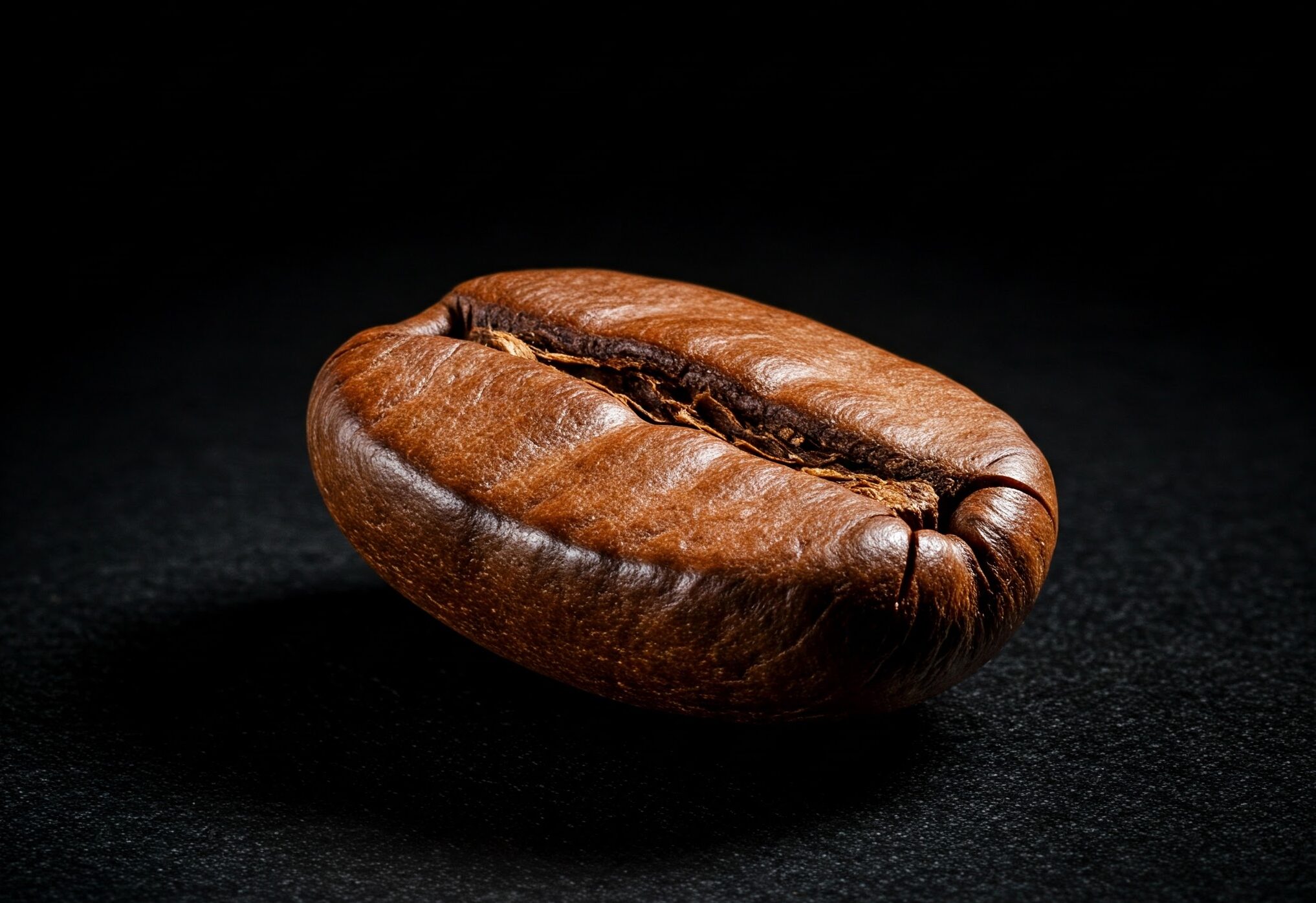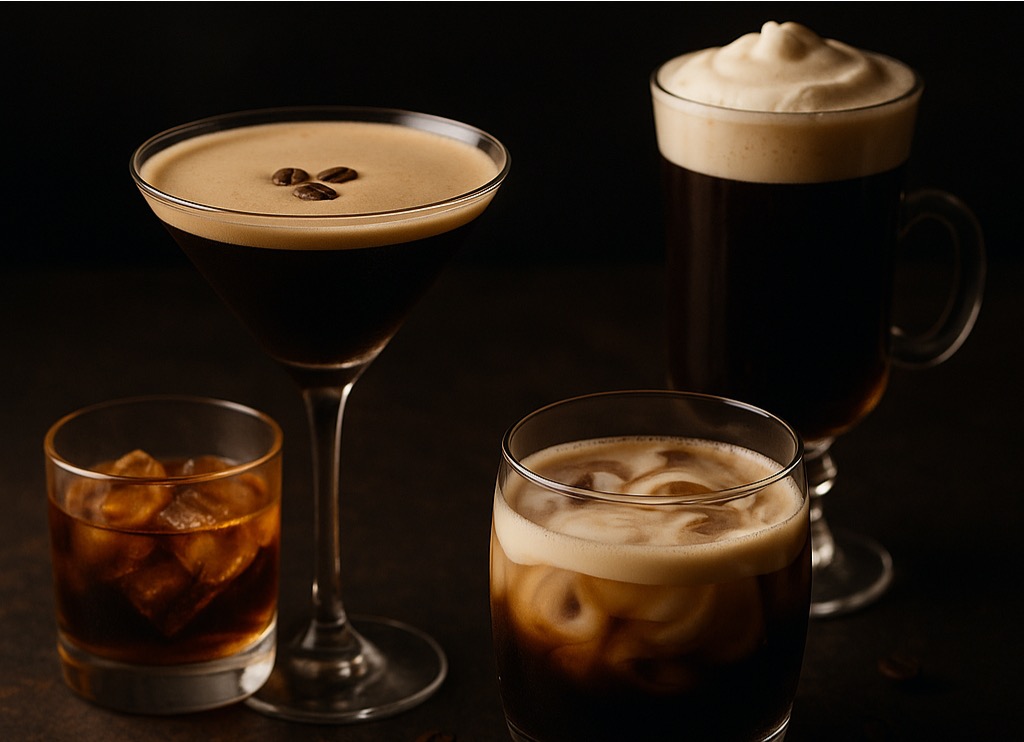
Coffee Facts vs Myths: 7 Common Coffee Misconceptions
While many common coffee misconceptions have been debunked, there are still lots of coffee myths to be debunked.
We’re setting the record straight on 7 coffee myths vs facts.
From coffee health myths to outdated storage methods, consider us your unofficial Coffee Myth Busters!
We’ve all heard some pretty wild myths about coffee.
No, there’s no evidence to suggest coffee causes ulcers. (In fact, the FDA recently added coffee to its list of healthy foods! Love that for all of us!) No, coffee can’t cure a hangover. No, a shot of espresso doesn’t have more caffeine than a cup of drip coffee.
And while a lot of those common coffee misconceptions have been debunked pretty thoroughly, there are still plenty of urban legends floating around about our beloved beverage. So, we’re here to set the record straight on seven coffee facts vs myths. Consider us your personal Coffee Myth Busters!
Coffee Myths Debunked
Coffee Myth 1: Coffee gets bitter when it’s burned.
“Yuck, this coffee is burned.” If you’ve ever had a less-than-stellar cup of coffee (and sadly, we’ve all been there), you’ve probably heard or said something like this. Here’s the truth though: you’ve probably never had a cup of “burned” coffee in your life.
This myth likely stems from the fact that certain missteps in the brewing process can result in a charred, acrid flavor. For example, brewing with boiling water can sometimes result in more of the bitter-tasting compounds in the beans ending up in your cup. If you don’t know the science of brewing, you might associate that “burned” flavor with the very hot water. The truth, though, is that those bitter-tasting compounds are a natural part of the roasted beans, but they’re harder to extract than some of the lighter, more acidic notes. The hot water hasn’t “burned” the beans; it’s just more efficient at drawing out those bitter flavors.
Here’s another example you’re probably even more familiar with: Autodrip coffee that’s left on the burner for an extended period of time can also develop a bitter flavor. Well, if we leave something exposed to heat, and the flavor changes, surely it’s burned, right? Not quite. The prolonged exposure to heat causes the oils in the coffee to break down, destroying the more delicate flavor compounds and leaving behind the hardier, but harsh, ones, resulting in that acrid taste. (Our friend Stephanie Wein, co-founder and co-owner of Pinup Coffee Co., explains it beautifully in this short!)
But none of those things mean that your coffee is literally burned. In fact, chemist and coffee expert Samo Smrke says it’s close to impossible to actually burn coffee during the brewing process, which would require raising the temperature to somewhere around 350 to 400 degrees F, far hotter than we could ever achieve with our home kettles.
Coffee Myth 2: Coffee dehydrates you.
Maybe you’ve heard from a well-meaning friend or wellness influencer that coffee counts against your daily water intake because coffee dehydrates the body. But research shows that this well-meaning worry is probably misguided.
Here’s what we know: The caffeine in coffee has a mild diuretic effect, and as a stimulant, caffeine also stimulates the smooth muscles in the bladder, which increases bladder activity. But those effects can often be overstated. In fact, according to the Harvard T.H. Chan School of Public Health, coffee’s diuretic effects are offset by the fluid in the coffee itself, and drinking coffee is actually a net positive in reaching your daily fluid intake. So while water and other noncaffeinated liquids are going to be most effective at keeping you hydrated, one of the benefits of drinking coffee is that it’s helping you toward your hydration goals! Cheers to that!
Coffee Myth 3: Storing your coffee in the freezer keeps it fresh.
Maybe you just felt a core memory unlock: Shoving a giant can of coffee out of the way to find an ice cream sandwich or TV dinner in your parents’ or grandparents’ freezer. Maybe you just felt personally called out because there’s a bag of coffee sitting in your freezer right now. Don’t feel bad—we’ve been there too.
It seems logical enough, right? If you want most foods to last longer, storing them in the freezer is a great strategy. The biggest enemy of coffee flavor is oxidation, and heat leads to faster oxidation. Unfortunately, when it comes to roasted beans, storing your coffee next to your dino nuggets probably does more harm than good.
Coffee beans are intentionally dried as part of the processing and roasting processes; your freezer is a naturally humid place. That means your beans will likely absorb moisture from the freezer environment, destroying the flavorful compounds you’re trying to preserve. Plus, every time you remove your beans from the freezer, they experience temperature fluctuations that can create condensation, which can degrade the beans’ flavorful compounds.
So what’s the best way to store your whole bean coffee? An airtight, opaque coffee storage canister stored in a dry area of your kitchen is the key to protecting your beans’ fresh flavors.
Coffee Myth 4: Coffee comes from large farms.
When you picture a coffee tree farm, what comes to mind? (That’s right, coffee grows on trees. #iykyk) Sprawling fields like in the American Heartland? Dense forests like in the PNW? The expansive vineyards in California? Actually, for the most part, none of the above.
Because of the natural terrain where many coffea Arabica plants thrive, large, industrialized coffee farms simply aren’t an option. For example, Lucas Venturim, commercial director of Café Fazenda Venturim, estimates that 90% of the coffee in his region of Brazil is still harvested by hand because the terrain makes mechanized harvesting almost impossible.
In fact, the majority of the world’s coffee supply comes from small holders; sixty percent of coffee on the market is grown on farms of less than 12 acres!
Those small farms are not only the lifeblood of the coffee industry, they’re also on the leading edge of creating greater sustainability. Smaller farms tend to make use of more sustainable agriculture methods, like agroforestry and shade farming, in an effort to preserve their local ecosystems, which benefits their production and protects their local communities. But small holders are also most acutely affected by the effects of climate change and market fluctuations. That’s one of the many reasons we value sustainability—social, economic, and environmental—in all of our U3 coffees and the ones featured in our U3 Coffee Exchange.
Coffee Myth 5: Dark roast coffee has more caffeine than lighter roasts.
Have you ever wondered if a darker roast coffee packs a stronger caffeine punch? This common misconception might stem from the idea that because the flavors of darker roasts are more intense, they must contain more caffeine. However, the reality is a bit more nuanced.
While it’s true that darker roasts can have a more robust flavor, you can’t taste caffeine, so the two things aren’t connected.
What really determines how much of the beans’ natural caffeine ends up in your cup is actually the brewing method you choose! Jen Apodaca—founder, owner, and head coffee roaster at Mother Tongue Coffee—explains that water extracts caffeine from the beans, so the length of time your grounds are exposed to water is what determines the amount of caffeine in your brew.
So, whether you prefer a light, medium, or dark roast, you can enjoy your coffee without worrying about a caffeine overload.
Coffee Myth 6: Freshly roasted coffee is best.
Freshly brewed coffee is a work of art. Freshly ground coffee is a revelation. So, like freshly baked bread, freshly roasted coffee must be the peak of coffee flavor, right? Actually, no. In fact, even though we can vouch for the fact that freshly roasted coffee smells like a dream come true, you’d probably be surprised at the taste if you brewed it fresh out of the roaster.
The misconception that coffee is best immediately after roasting likely stems from the idea that fresher is always better. However, coffee beans need time to release carbon dioxide, or degas, after roasting. This degassing process can take several days or even weeks, and it’s important, because that trapped carbon dioxide can lead to a sour-tasting cup off coffee. During this time, the beans also have the chance to develop more complex flavors.
How do you know how long you should wait between the coffee roast date and brewing? Ask the experts! Trust us, your roaster or barista has a wealth of knowledge to share, and you’ll make their day by giving them a chance to share what they know!
Coffee Myth 7: Cafés are a 21st-century trend.
Cafés, with their cozy corners and aromatic brews, have captured our hearts for centuries. Yet, many people mistakenly believe that the café culture is a recent phenomenon. This misconception might stem from the rapid growth of independent coffee shops in recent decades.
While café culture is a big part of the story of the third-wave coffee movement, the history of cafés dates back centuries. From the Kiva Han, the earliest recorded coffeehouse in 15th-century Istanbul to the Queen’s Lane Coffee House, founded in 1654 in Oxford, cafés have long been places of social interaction and cultural exchange.
While the modern café may look different, its core purpose remains the same: to provide a space for people to connect, create, and simply enjoy a good cup of coffee. We’re so excited to be part of that rich history with our flagship U3 café in Forest Park!
Coffee Facts vs. Myths
There you have it—seven coffee myths debunked! Interested in learning more coffee facts? Check out our 20 Coffee Facts You Need to Know and our Coffee Stats page, and follow us on social media or sign up for our newsletter, where we’re sharing our love of coffee, debunking coffee rumors, and giving you all our best tips, tricks, and coffee hacks!
Cheers to you for diving deep into the world of coffee with us! U3 Coffee exists to create the most meaningful coffee experience for millions of mindful, motivated humans like you. Let’s learn, empower, and celebrate the journey from bean to cup. Because here, we’re United by Coffee.
Related posts
- Apr 2025 Elevate your coffee-based cocktails! Discover new takes on the espresso martini, Irish coffee, & more classic coffee drinks.
- Feb 2025 Discover the top coffee trends for 2025, from cold coffee innovations to mindful coffee drinking. Explore the latest and future coffee trends in the coffee industry.


